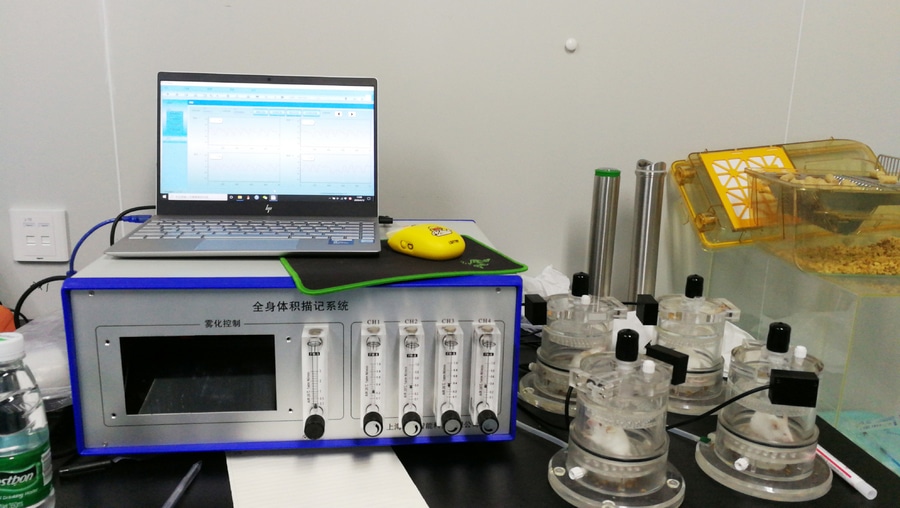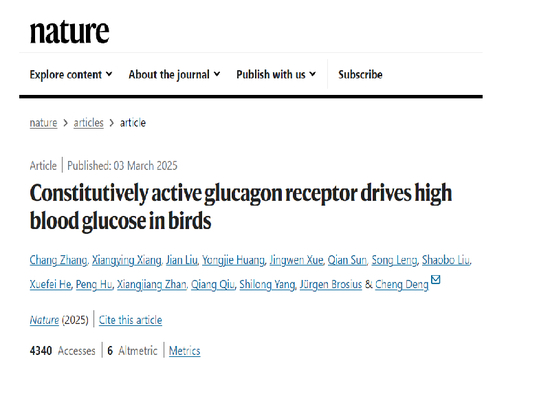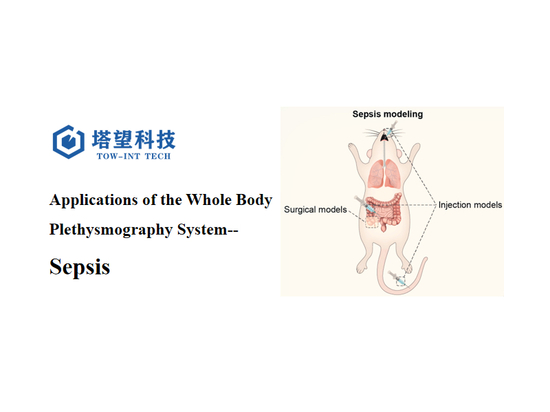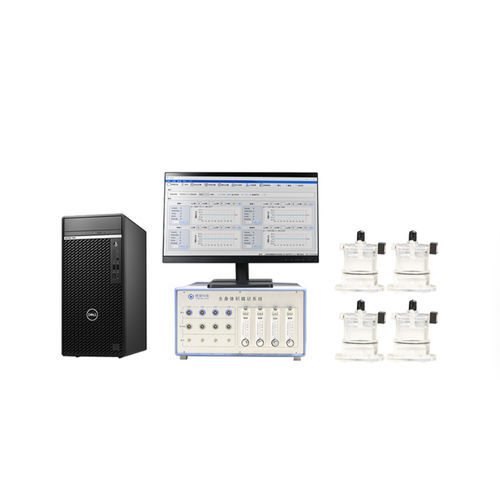
#Industry News
Application of Animal Whole-body Plethysmograph in ARDS Study
Acute respiratory distress syndrome (ARDS) is a type of respiratory failure characterized by the rapid onset of widespread inflammation in the lungs.
Symptoms include shortness of breath (dyspnea), rapid breathing (tachypnea), and bluish skin coloration (cyanosis). For those who survive, a decreased quality of life is common.
Hence, It is very important for researchers to study and know more about the mechanism of the disease and develop a newer treatment option for the public, providing a life-saving solution for the suffering patients. One of the methods is to establish a laboratory animal experiment, in order to study the disease model or investigate the drug efficacy for ARDS.
Recently, Shanghai Tow Int Tech has developed a newer version of Whole-body Plethysmography System (WBP) featuring high throughput capabilities, which is able to simultaneously measure and monitor the respiratory functions of 16 rodents (mice/rats). The principle of this version of WBP is still the same as WBP-4M, measuring the breathing parameters of animal subjects under unrestrained conditions. Kindly refer to our homepage for more details on WBP-4M or visit our booth at MedicalExpo: Body plethysmograph WBP-4M
The respiratory parameters measured by the WBP system include Breath Rate (f), Accumulated Volume (AV), End Expiratory Pause (EEP), End Inspiratory Pause (EIP), Enhanced Pause (Penh), Expiratory Time (Te), Inspiratory Time (Ti), Minute Volume (MV), Peak Expiratory Flow (PEF), Peak Inspiratory Flow (PIF), Relax Time (RT), Tidal Volume (TV), Vital Capacity (VC), Expiratory Flow at 50% Volume (EF50), etc. Other parameters like continuous core temperature can also be measured simultaneously using a miniaturized electronic capsule provided by our business partner.
Gladly introduce to you, that one of our customers in Nanjing city has used our WBP-4M in the study and successfully made a publication. The research team used mice as their experimental subjects and recorded their breathing patterns and data is collected throughout the whole experiment. The subjects were categorized into 4 different experimental groups, i.e, the ARDS Disease Group, Low-Dose Treatment Group, High-Dose Treatment Group, and Control Group.
Using the WBP system analyzing software developed by Shanghai Tow Int Tech, the customer successfully collected all significant data and met their expected results. The Disease Group recorded the highest score for Te, PIF, and Penh while the Control Group recorded the lowest. For PEF, f, MV, TV, and EF50, the Disease Model recorded the lowest while the Control Group recorded the highest scores.
In conclusion, this unrestrained system is animal friendly and perfectly suits the experimental requirement in the study of ARDS. It not only saves the time of experimental personnel but also removes the need to anesthetize the laboratory subjects.





